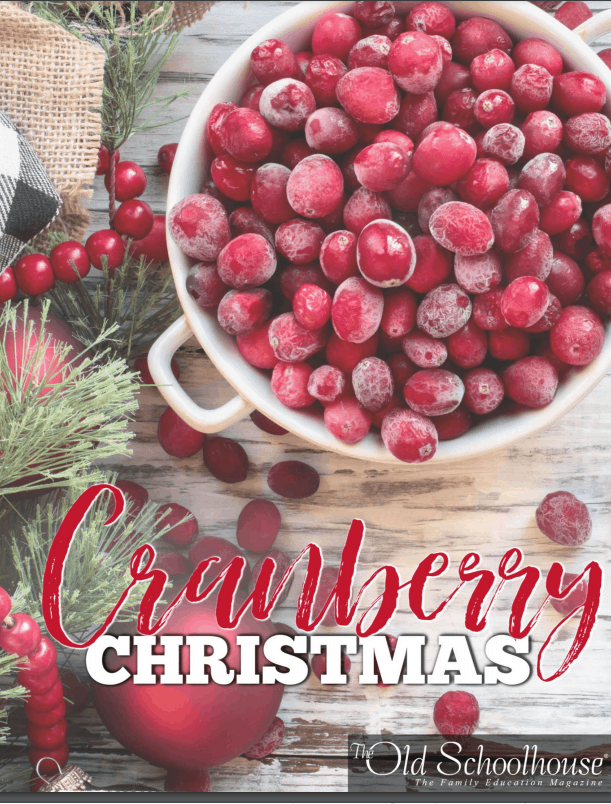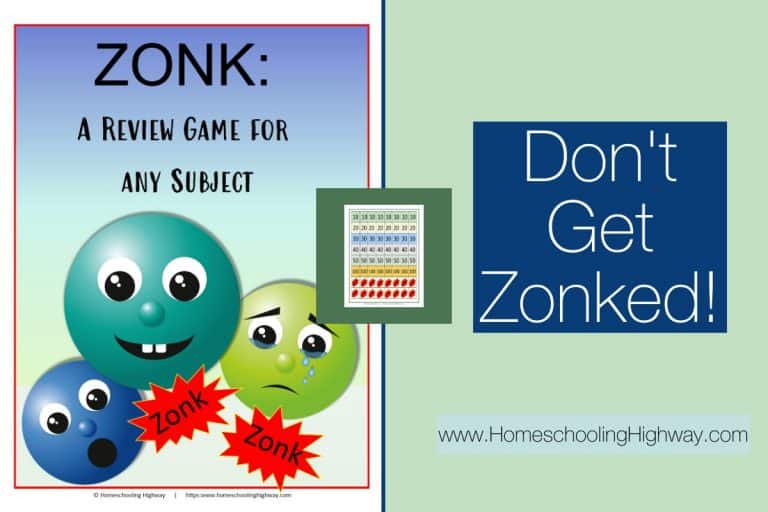
Hi Friend!
Welcome back to our series on Homeschooling Tips from A to Z. This week, we are on the letter U.
Homeschooling Tip #1: Unit Studies
We are getting into the more difficult alphabet letters now, so for the letter U, we will just be talking about Unit Studies.
I did the Unit Study approach when my kids were in the elementary and middle school grades. It just made sense to me, to be able to do as many subjects as we could together.
It is convenient to do projects or experiments on the same topic together, or even share together the wonderful books we would use for read-aloud time.
How to Create Your Own Homeschool Unit Study
I enjoyed creating my own Unit Studies. It took time, but it was fun to look for supplemental resources to use with the topics that we were studying.
To show you how I did it, I’ll take you back through the steps I did to go along with Unit Studies on the 50 United States Quarters.
Step One: Choose Your Topic and Unit Study Length

I spread our U.S States Quarter topics into two years. I did not want to rush on any of the topics.
There were plenty of topics that had a ton of good books to read about.
Step Two: Gather any Foundational Material to Base Your Study On
For some studies, you may not have foundational material to use, but for the State Quarters, I did.
The USmint.gov had a letter size coloring page of each State Quarter that I could print for free.
I knew that we were going to be looking at the State Quarters a lot so I printed out each coloring page for each of my kids.
I also made sure I had actual State Quarters for each of my children to hold, look at, and collect during our study. Kids have a natural fascination with money, so my kids really enjoyed having their own quarters to collect.
Step Three: Breakdown Your Topic
With the coloring pages and quarters in hand, I sat down with pen and paper and wrote down the State name and the subject(s) that were pictured on the back of each quarter.
Here is a few, just as an example.
Delaware – Ceasar Rodney
Pennsylvania – George Washington Crossing the Delaware River
North Carolina – Wright Brothers
Alabama – Helen Keller
Illinois – Abraham Lincoln
Missouri – Lewis and Clark
South Dakota – Mt. Rushmore
Vermont – Maple Syrup
Georgia – Peach
Virginia – Jamestown ships
Utah – Two trains meet head-on
Rhode Island – Suspension Bridge
Connecticut – Charter Oak
North Dakota – Buffalo
Arizona – Saguaro Cactus
Washington – Trout
Alaska – Grizzly Bear
Florida – Space Shuttle
Nebraska – Covered Wagon
Step Four: Layout Your Structure
For me, I like to have all my details written down. So I came up with a plan for a one-week study. This was my goal of to-do’s each week, but I did deviate off of the plan for the two-week topics.
Daily – Pledge to the American Flag, Locate USA on the globe/map.
Monday – Identify the state that we are going to be studying this week.
– Color in Maryland on the blank USA map.
– Color in this week’s state on the blank USA map. Place in the State Quarter Notebook
– Color the State Quarter Coloring page and place in the State Quarter Notebook
Tuesday – Locate Maryland on USA map
– Locate this week’s state on USA map
– Review previous weeks’ state locations
– Identify and color in this week’s state abbreviation
– Review previous weeks’ state abbreviations
– Read at least one book or story about topic
Wednesday – Locate Maryland and this week’s state on USA map
– Review state abbreviation and topic on the quarter
– Watch any videos on this week’s topic
Thursday – Locate Maryland and this week’s state on USA map
– Review state abbreviation and topic on the quarter
– Do any hands-on activity (craft, drawing, recipe, puzzles, games, etc.)
Friday – Catch up on any unread books
– Catch up on any unwatched videos
– Write or dictate information that you learned and place in State Quarter Notebook
– Decorate page with stickers on the topic
– Take picture of any hands-on projects, print and place in Notebook
– Count up how much our State Quarters amount to.
Step Five: Find Your Supplemental Materials
Once I knew my topics and that I would need books, videos, crafts, games, puzzles, stickers and art supplies, I set out to gather my list of supplies.
For the stickers (to decorate their notebook pages with), I found that craft and hobby stores were the best place to look for themed stickers. If the topic was the Saguaro Cactus then I looked for stickers that had a desert theme. Animals, flowers, and even state names were easy to find stickers for.
I ordered crafts from Oriental Trading Company. We painted western themed suncatchers, made foam flower necklaces for the Magnolia state (Mississippi), and even built simple little Indy cars for Indiana. (Just to name a few)
I also searched online for simple project ideas.
Books and videos I borrowed from the library, or bought from yard sales and book sales.
USA state puzzles or games I found easily in educational stores online.
If you follow these steps and collect your own materials, make sure you write everything down.
You’ll want the book/video title, author, call number, state name that you’ll need it for and the approximate date that you’ll be using the material.
This will help you when it’s time to order the books you want from the library for the next week or two in advance.
Step Six: Lesson Planning
I wanted to identify our home state first. So we started our study with Maryland.
Then I decided to study our quarters in the order that they became States; so Delaware was next.
I had a simple weekly planner that I wrote down which state we would be working on for that week.
If there were a lot of good books to read, then I spread that state over two weeks’ time.
This helped me stay on track, but I did leave some empty weeks in December. I find it gets busy with getting ready for Christmas, so we just used this non-planned time to catch up on painting projects, pictures, books and videos.
Pre-planned Unit Studies
If you don’t have time to create your own unit studies, it is perfectly fine to use one that’s already been planned for you.
SchoolhouseTeachers.com has excellent unit studies that are available to you on their membership site. (affiliate link)
They offer unit studies for all grades in these subject areas:
- Art
- Bible
- Computer
- Health
- Social Studies
- Holidays
- Language Arts
- Math
- Miscellaneous
- Music
- Science
- Transportation.
Some of the unit studies that I have found interesting is
- Exploring Geography with Google Earth (6-12th grade),
- Play it Safe! (3-5th grade),
- Cranberry Christmas (K and up),



Missionary biographies are another great resource to plan a unit study around. Check out my reviews of these three biographies for information and ideas.
Whichever way you go about doing your own unit study, (there is no wrong way) I know that you and your kids will learn a lot!
If you happened to miss any of last week’s letter “T” posts, just click on the title that below.
T is for Tensegrity: Lego ABC’s by Desiree at Our Homeschool Notebook
T is for Twister by Desiree at Our Homeschool Notebook
Teaching from Rest by Chareen at Every Bed of Roses
Tavener & Tchailovsky by Lori at At Home: Where Life Happens
If you would like to read more Homeschooling Tips from A to Z, just click on the alphabet letter below.
Homeschool Tips – A
Homeschool Tips – B
Homeschool Tips – C
Homeschool Tips – D
Homeschool Tips – E
Homeschool Tips – F
Homeschool Tips – G
Homeschool Tips – H
Homeschool Tips – I
Homeschool Tips – J
Homeschool Tips – K
Homeschool Tips – L
Homeschool Tips – M





















I absolutely LOVE unit studies! We have done many of them over the years. Sadly my kids have kind of grown out of them, and we do them less. I love the idea you shared of doing the state quarters! These are all helpful tips!
Thank you, Desiree! The state quarters were a lot of fun to do.